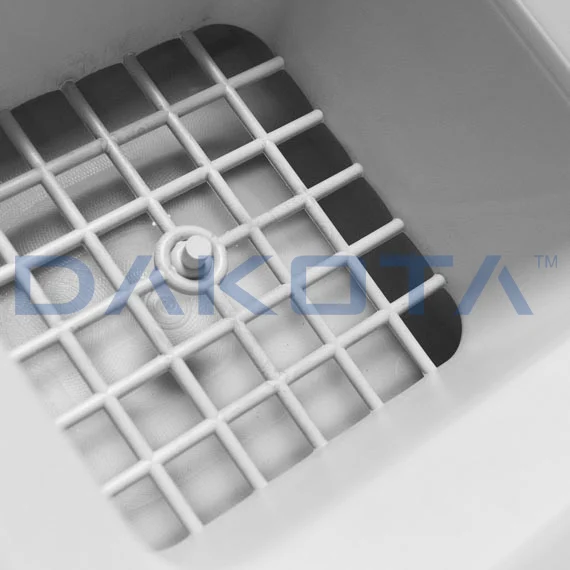In the realm of urban infrastructure, effective drainage is a crucial component for the smooth functioning of cities ...
One key element that plays a significant role in modern drainage systems is the catch basin. These unassuming structures are vital for managing stormwater and preventing potential issues associated with drainage.
Uses of Catch Basins
Catch basins, also known as catch-pits or stormwater basins, serve several important purposes in drainage systems:
Sediment and Debris Removal
Catch-pits act as interception points for stormwater, allowing the removal of sediment and debris before it enters the main drainage system. This prevents clogging and extends the life of the overall drainage infrastructure.
Water Quality Improvement
By capturing pollutants and contaminants in stormwater runoff, catch-pits contribute to improving water quality. This is especially important in urban areas where runoff can carry pollutants from roads and other surfaces into water bodies.
Preventing Flooding
Catch-pits play a crucial role in preventing local flooding by efficiently collecting and channeling excess water during heavy rainfall. This helps in reducing the risk of water accumulation on streets and other public spaces.
 Preventing Odor Escape
Preventing Odor Escape
Well designed, modern, plastic catch-pits will have provision for the installation of siphonic water traps to ensure that foul-smelling gases produced in the sewer system are trapped below the water level in the bend of the trap. This prevents these gases, which can carry unpleasant odors, from rising up through the drain and contaminating the neighbouring environment.
Erosion Control
The proper management of stormwater through catch-pits helps control erosion by preventing excessive runoff that can wash away soil and contribute to soil degradation.
Benefits of Catch-Pits
- Infrastructure Protection - Catch-pits protect the overall drainage infrastructure from damage by capturing large debris and preventing it from entering pipes and culverts. This extends the life of the entire drainage system and reduces maintenance costs.
- Environmentally Friendly - By improving water quality and reducing the introduction of pollutants into natural water bodies, catch-pits contribute to creating a more environmentally friendly and sustainable urban environment.
- Reduced Maintenance - Regular maintenance of catch-pits is simpler and more cost-effective than dealing with clogged or damaged pipes further downstream. This results in reduced maintenance expenses over the long term.
- Odor Control - when fitted with siphonic traps or plates a major of catch basins is their ability to effectively control and prevent odors. The water seal acts as a physical barrier, trapping gases and preventing them from entering nearby living or working spaces.
- Public Safety - The prevention of local flooding and efficient stormwater management enhances public safety by minimizing the risks associated with water accumulation on roads and walkways.
In conclusion, catch-pits play a crucial role in modern drainage systems, offering a range of benefits that contribute to efficient stormwater management, infrastructure protection, and environmental sustainability. Their strategic placement and functionality make them indispensable in the urban planning and infrastructure development process.

